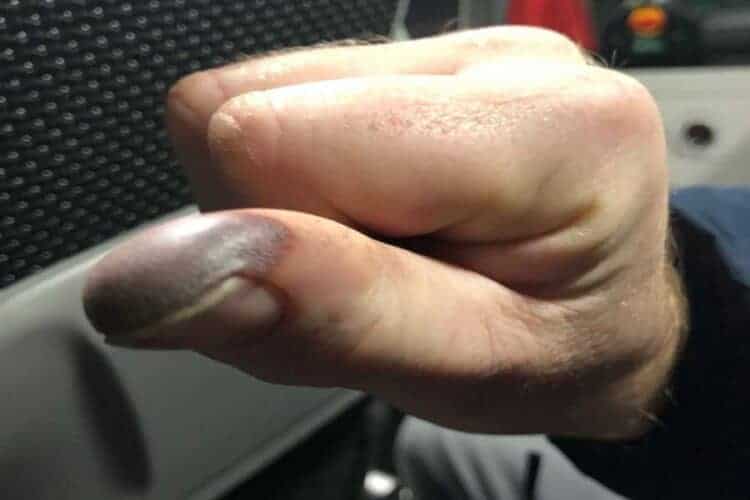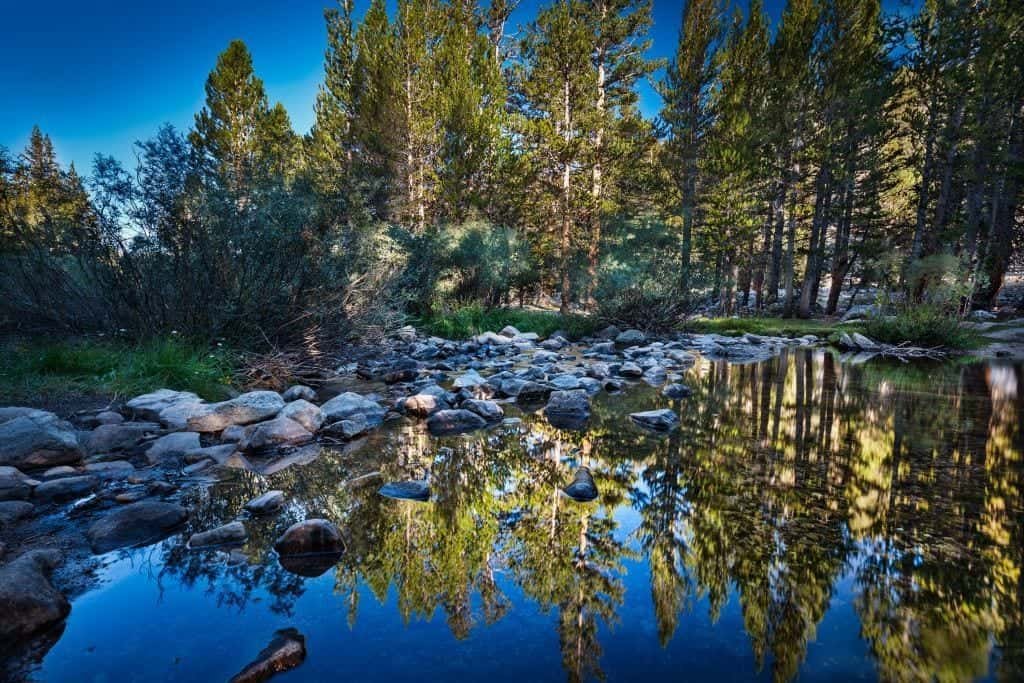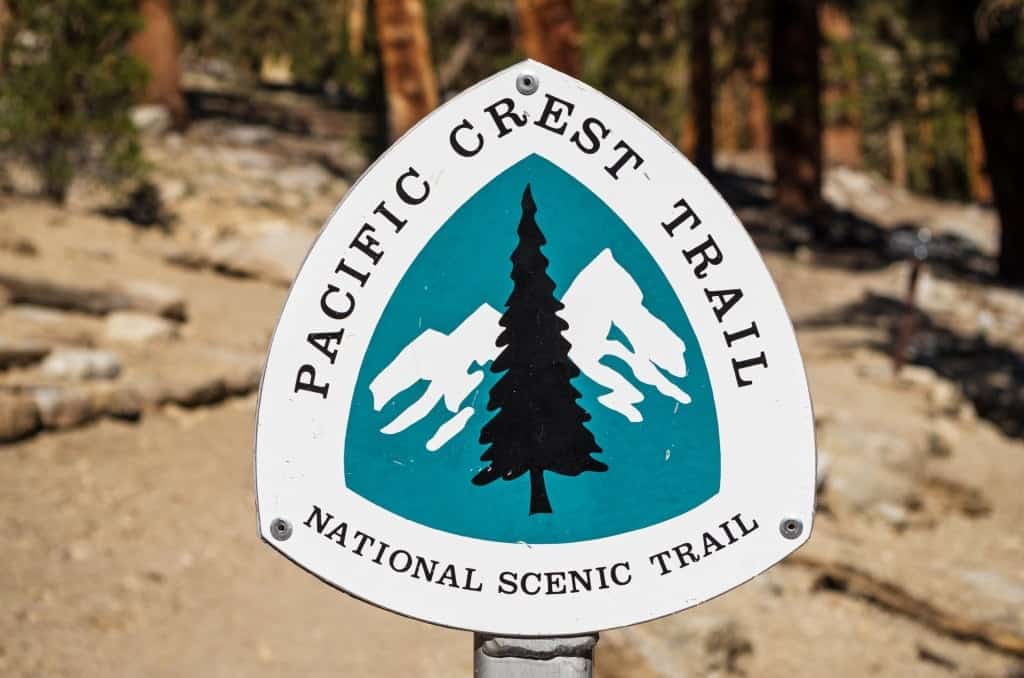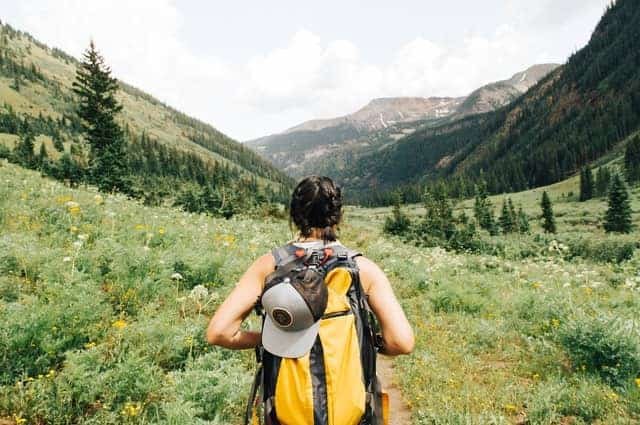What is the difference between a hard hike and a major expedition to, say, the North Pole? Apart from the cold.
Nothing. And everything.

You see, any polar expedition can be classed as a thru-hike with a few additional dangers such as polar bears, crevasses, and as Ernest Shackleton said to prospective adventurers wanting to accompany him to the South Pole, the very real possibility of death.
Oh yeah, you will also be wearing many layers of clothes to keep you warm, hauling a sled (or pulka) the weight of which would make Santa’s eyes bulge and be many miles away from a reliable means of rescue should your stove break down. That’s not a joke – a stove failure could result in an untimely meeting with the Grim Reaper.
Before we move, let me say that any trip into the great outdoors is threaded with degrees of danger. We, hikers, run the risk of broken bones (done that, not a pleasant experience and I’m still seeking payback on the rabbit that dug that burrow in the trail I was running along), sunburn, and, when in more extreme climates, the risk of heat and cold injuries.
Now, let’s explore…
What you need to know about survival in polar regions
Okay, we’re going to break this into two sections. First, we’re going to look at all those finer planning points you need to consider before setting off into the kind of temperatures you normally only experience when experimenting in school chemistry lessons.
Once you’ve got a handle on the preparatory considerations, we’ll discuss what happens when you’re already on the ice and the fudge hits the fan.
Pre-expedition survival tips
This is where you score highest on your survival chances. I’ll be honest with you – any polar expedition can and will go horribly wrong at some point (like the time I nearly died during a Greenlandic storm), and your chances of staying alive are greatly increased if you’ve done a great job on pre-expedition planning.
Here are what I’ve come to learn are the absolute minimum safety considerations you’ll need to have in place before you set off.
A communications plan
Before we move on, I must add that I’m a former soldier and know all too well the importance of a communications plan. Being able to pass information to the troops under your command, to your teammates, and back to HQ is vital to the success of a mission. Even though I’m old, cranky and my knees are shot from years of military parachuting, I’ve carried this mindset forward into all of my trips, long or short.
Your communications plan must be sound and simple. I list the possible types of events or emergencies, and corresponding responses, for example:
- Event: Snowed in, no move. Response: send twice-daily updates to the support team
- Event: team member injured and unable to continue. Response: inform the support team, and request they arrange the evacuation of the casualty. Monitor injury and provide updates to be routed to medical services.
- Event: fallen into a very deep crevasse. Response: if you’re alone, pray and shout a lot! If working as a team, one person to start the crevasse rescue plan, one person to set up the tent and send a comms update.
You get the idea. There are many things that can go wrong and, as a seasoned explorer, you should have a good idea of most pitfalls and dangers. Make sure you know exactly what to do in every situation.
And you’re also going to need…
Reliable hardware
Sorry to say, but mobile phones won’t work in most polar regions. The reason? There are no mobile phone cells in these most inhospitable of places – it simply does not make sense for the telcos to set up and maintain the complex systems required to provide a signal.
Before we move on, do not be tempted to use your phone as a navigation device. Whilst many apps only need a GPS signal, some are prone to errors (like ‘what3words’). Take a dedicated device such as an Iridium phone and one of Garmin’s InReach units.
And make sure you have the means to charge your devices. Nothing screams ‘doomed to an icy grave’ more than finding your battery flat with no way of charging the battery.
Once your comms are ticked off, the next big item you’ll need to consider is a…
First Aid kit
First Aid is somewhat simpler in the extreme cold. For example, in the jungle, a small cut can soon become infected to the point the injury becomes life-threatening. You don’t have those problems in temperatures of -20C, and below.
Your biggest enemy is the cold.
In 2016 I skied to the North Pole. The average temperature was about -25 Celsius. On two consecutive days, this dipped to -40C, which I must admit is a touch chilly.
Therefore, the biggest concern is frostbite. I’ve had frostbitten toes and fingers and they are two of the most unpleasant experiences I’ve ever had, far worse than being forced to inhale the foul aroma of durian (although the fruit did taste pretty good).
The immediate action for treating frostbite is to immerse the affected area in lukewarm water. Good luck finding a hotel on the Greenlandic ice cap! Instead, you need to find a way to reheat the frozen flesh (because frostbitten ‘parts’ have effectively frozen like a big meat joint in a freezer) – hands and fingers can be pressed into your own armpits. Your feet can be pressed into a friend’s armpits.
Pack some sterile dressings in your first aid kit along with pain killers and antibiotics to kill any infection.
Another common injury you’ll come across is a burn. The specialist stoves required to cook food in the extreme cold can be temperamental, flaring up and causing some nasty burns. All the items you pack to treat frostbite can also be used to treat burns.
Your two biggest injury worries have been quelled. Time to work out your…
Food requirements
This is huge. Not carrying enough food could mean the difference between life and death (or an embarrassing rescue if you have a sound comms plan) so it’s vital that you understand your calorific requirements for every day that you’re on the ice.
How many calories should you plan to consume?
Figures vary and are affected by your sex, weight, amount of gear hauled, and more. I tend to work on an average of 6,000 calories per day (yes, 6,000… and I still managed to lose weight when I crossed Greenland).
I can’t give you an accurate estimate for your particular body type and needs. The best advice I can give is to do some cold-weather training and use your time to work out your body’s needs.
Now, the most important survival tip I can give in the build-up to your trip is to get yourself…
Fit as a butcher’s dog
This is an English phrase that refers to the speed at which the butcher’s dog runs after it has stolen a sausage off the counter. And that is how fit you need to be. Even if you’re a vegetarian!
In all honesty, the fitter you are before you start your expedition the more chance you have of completing it without the aid of a helicopter or rescue team.
But don’t panic! You don’t need to be an ultra-marathon runner, although this level of fitness would be beneficial, and you should concentrate on being able to pull heavy loads for long periods.

I could keep on going, but those really are the most important pre-expedition tips you’ll need for survival. Let’s move on to…
Expedition survival tips
In this next section let’s assume you’re now on the ice and your trip is going just fine. Everyone is happy, and the route ahead is clear and easygoing.
Oh, wait! Did you hear that rumble? It’s started on your right, rolling up from the south and heading straight towards you. The sky brightens, the sunlight intensified by the dense clouds of snow and ice that are now moving towards you.
You break track and set up camp.
The storm hits. And it is brutal. For three days the snow falls, and the winds hammer against the heavy nylon fabric of your tent demanding to be allowed entry. During the night you hear the tent seams creak and groan, they are ready to give in.
But you’re in safe hands. You have done all you need to do to…
Survive a storm
Storms are very real and very dangerous in polar regions. Often, your average day plays out like this:
You’re skiing along, hauling your pulka. The sun is out, and the average temperature is a balmy -12C, which is the cold-weather equivalent of a holiday in Barbados. From out of nowhere comes a chill that settles on your cheeks and starts to nip at the exposed tips of your ears.
In minutes, the temperature drops. You pull our Kestrel portable weather station and hold it up high to allow the breeze to kickstart the fan. The display reads -25C, which is rather chilly.
Guess what? A storm is coming.
And it’s going to be brutal. To survive you’re going to need shelter, which is why you carry a 5-season tent. But you might also need to build a snow wall to prevent the full force of the coming storm from battering your tent into oblivion.
Once you’ve built a wall, grab your ski poles and use them to reinforce the walls of your tent. A tent collapse is the very worst nightmare you have.
And get warm. Crawl inside your sleeping bag, zip up, and ride out the growling beast.
But what happens if, during the time it took to set up your camp, you got a little…
Frostbite?
Be honest with your tent mate. Tell him, or her, you want to put your hands, or feet, somewhere warm and clammy. They’ll understand.
Once the affected area has started to defrost (you’ll know when – it hurts like fury), you’ll need to treat and dress the injuries. This next part might make you feel a little queasy: it may be necessary to cut away some of the damaged flesh. Maybe ask your companion to do this for you. In fact, definitely ask someone else to carry out this task.
Finally, dress your injuries with sterile bandages.

Equally painful, but often overlooked, the next serious injury you might experience is…
Snow blindness
Painful and disorienting, snow blindness is easy to prevent. Taping up your snow goggles so that only a narrow slit remains through which to see is an effective way to prevent this incredibly painful injury.
But what if it’s already too late? What if my eyes have been burned into submission?
Don’t panic! Use a cold compress to reduce the pain, take some pain relief and avoid exposing your eyes to ultraviolet light. Your body will do the rest and in no time (24 – 48 hours) you’ll be on the move again.
And hopefully, your eyes will have healed before you have to face a…
Polar bear
Our last tip for the day. If you do not want to ever run the possibility of meeting a polar bear, then go south. These huge, aggressive apex predators (can you see the picture I’m drawing here?) live in the northern hemisphere.
Most of the time, they eat seals and other marine life. Occasionally they attack humans.
You have a few choices:
- Carry a weapon. The preference here is to scare off the bear rather than kill it.
- If you see bear tracks, don’t follow them. Because… well, you know the answer.
- Should you find yourself in the path of a rampaging bear, without a means to scare the creature away, make yourself big and loud. Yes, you have permission to go ‘full Robin Williams’ and scare off that big beastie.
Once your terrifying war cry has sent the polar running in fear, it’s your turn. Spin on your heel and run back to your tent. Pack up and go.
Is that it?
No, there are many survival tips. These are the basics that will help keep you intact. I admit to being a little tongue in cheek if only to emphasize the very real dangers you might face on the ice.
Final thoughts…
Prepare yourself. Be confident in your skills. Don’t try to cuddle bears or get a selfie with them.
Author Bio:

Contributor: James Redden
My name is James. I hike, run and trek all over the world. My journeys have taken me to the Sahara Desert, the jungles of southeast Asia, Greenland, the North Pole, Lake Baikal… pausing for a breath… and more.
I like you. You’ve taken the time to read this post, and I appreciate that. Now, why not swing by https://treksumo.com where you’ll find gear reviews, hiking running, and trekking information written by me and my blogging partner in crime, Jake. We’ll be waiting for you.
Disclaimer
In the event of a medical emergency, contact the nearest medical facility for assistance. Do we neither endorse nor recommend any particular claims, opinions, procedures, or products highlighted directly on the site or through links to an external website.
Always, we deduce some of the information from our outdoor, hiking, or camping experience and do not provide any warranty regarding its accuracy, completeness, reliability, and accuracy. Therefore, any action undertaken because of the information available on this website Hiking Gear Lab is entirely at your own risk. We will not be in any way accountable for damages or losses incurred through the reliance on the information on our website/this article.
Always, consult your physician or a qualified medical professional for exact information before deciding on changing your lifestyle or diet depending on the information given in this article.




